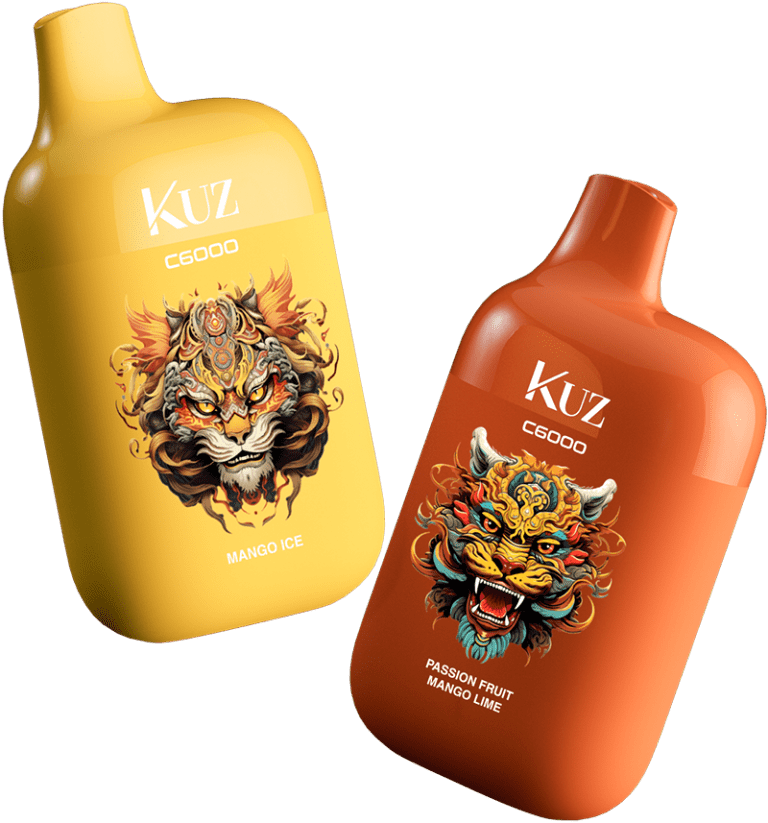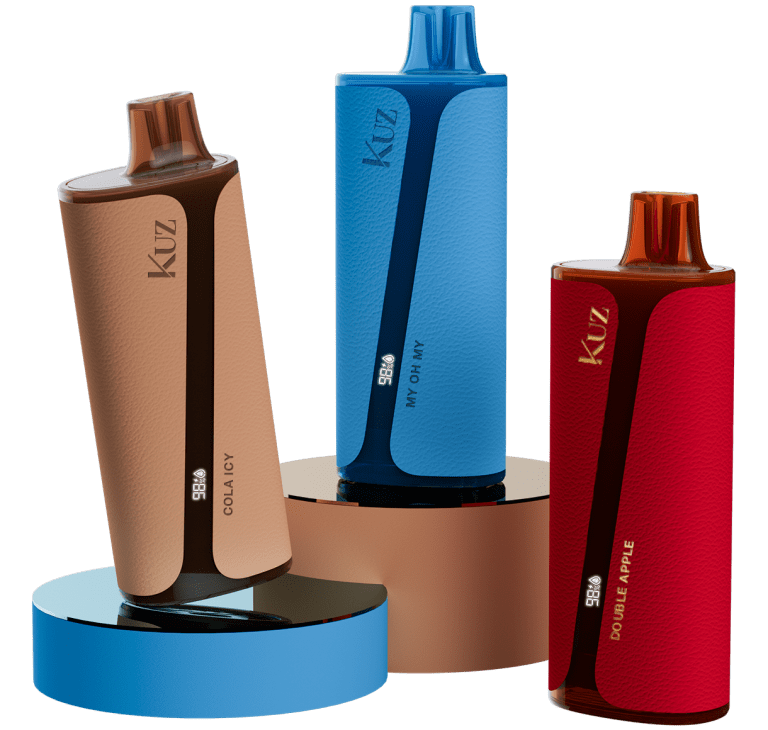When it comes to optimizing your vaping experience, the resistance of your vape coil, measured in ohms, plays a crucial role. But what exactly are ohms, and how do they affect your vaping experience? In this article, we’ll explore whether higher or lower ohms are better for your vape and help you make an informed decision that aligns with your preferences.
Understanding Ohms in Vaping
In vaping, ohms refer to the resistance of the coil, the part of your device responsible for heating the e-liquid into vapor. Resistance is determined by the thickness and length of the wire used in the coil. Simply put, the lower the ohms, the less resistance the coil provides to electrical current, resulting in more power consumption and faster heating.
Ohm’s Law plays a significant role in understanding this relationship. Lower resistance (lower ohms) increases the current passing through the coil, producing more heat and vapor. On the other hand, higher resistance (higher ohms) allows less current, generating a cooler and more subtle vaping experience.
The Pros and Cons of Higher Ohms
High-resistance coils, typically rated above 1.0 ohms, are often used by beginner vapers or those who enjoy a cooler, more relaxed vape. Higher ohms create less vapor and heat, leading to longer battery life and smoother throat hits.
Benefits of Higher Ohms:
- Cooler vapor: Higher ohms mean less heat, resulting in a smoother, cooler vape.
- Battery efficiency: Devices with higher-resistance coils consume less power, extending battery life.
- Ideal for mouth-to-lung vaping (MTL): This vaping style, similar to smoking a traditional cigarette, is typically preferred by those who use higher ohm coils.
However, high-resistance coils produce smaller vapor clouds, which might not satisfy those seeking a more intense experience.
The Benefits of Lower Ohms (Sub-Ohm Vaping)
Low-resistance coils, often referred to as sub-ohm coils, have less than 1.0 ohm of resistance. Sub-ohm vaping produces warmer vapor, larger clouds, and stronger flavor profiles, making it popular among advanced vapers.
Benefits of Lower Ohms:
- Bigger clouds: Low ohms allow more current to pass, producing larger clouds of vapor, perfect for cloud chasers.
- Warmer vapor: The increased power and heat provide a warmer, more intense vaping experience.
- Enhanced flavor: The increased vapor production can lead to a more flavorful experience, especially when using high-VG (vegetable glycerin) e-liquids.
However, low-resistance coils can drain your battery faster and may require more frequent coil replacements due to increased heat and wear.
Which One is Right for You?
The decision between higher or lower ohms ultimately depends on your vaping preferences:
- For a cooler, smoother vape, with a focus on extending battery life and a more traditional cigarette-like feel, higher ohms are the way to go.
- For warmer, cloud-heavy sessions that pack intense flavor and vapor, sub-ohm vaping with lower ohms might be your best bet.
Consider your priorities—whether it’s flavor, cloud size, or battery longevity—when choosing the right coil resistance for your vape.
Safety Tips for Managing Coil Resistance
It’s important to remember that using lower ohms requires more power, which can strain your battery and increase the risk of overheating. Always ensure that your device is compatible with the coils you’re using, and consider the battery’s amp limit to avoid accidents. Regularly check your coil’s resistance with a reliable ohm meter to ensure safety.
Conclusion
In the world of vaping, there is no definitive answer to whether higher or lower ohms are better—it all boils down to your personal preferences and vaping style. If you enjoy cooler, smoother vaping with longer battery life, higher ohms are ideal. But if you crave massive clouds and strong flavors, sub-ohm vaping with lower resistance is the way to go.
By understanding how resistance affects your vape, you can fine-tune your setup for an experience that perfectly matches your tastes.



